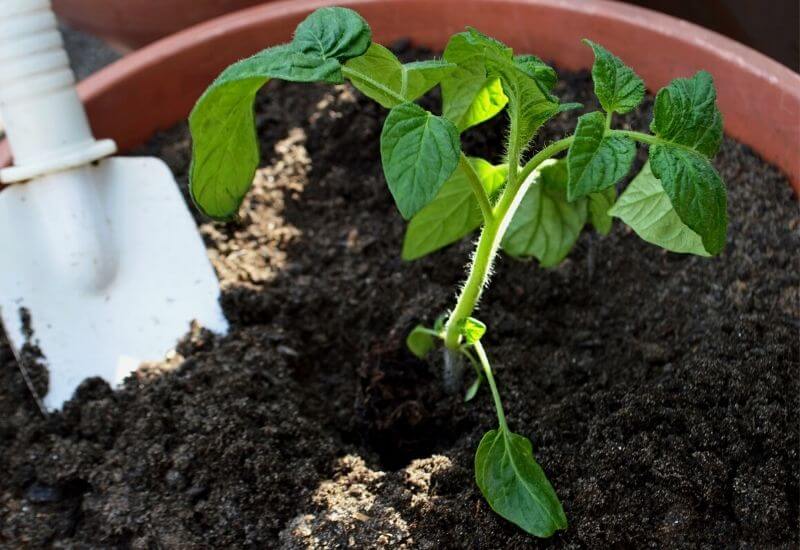

You should avoid applying it during very hot or very dry conditions. If you’re using it in the garden, mix about 2 tablespoons (30 ml) per gallon (4 L). Apply every one to two weeks throughout the season. Just mix the fertilizer in the watering can at a rate of about 1 tablespoon (15 ml) per gallon (4 L). You can also use a water-soluble fertilizer, which is often easier to apply, especially for tomatoes grown in containers. Water well immediately after feeding to carry the fertilizer evenly down to the roots. Cover the fertilizer with soil and mulch.īe extremely careful not to get fertilizer on the leaves or stem. Sprinkle the fertilizer in the furrow at a rate of 1 to 1 ½ tablespoons (15-21 ml.) for each plant. To side-dress tomatoes, use the tip of your hoe to make a shallow furrow around the plant, at least 5 to 6 inches (12-15 cm.) from the stem. Thereafter, side-dress your tomatoes with fertilizer every three to four weeks throughout the season. Cover the fertilizer with clean dirt to keep the fertilizer from direct contact with the roots. Dig the hole, than place the fertilizer, in the amount recommended by the manufacturer, in the bottom. We usually start applying a half-strength fertilizer at the time of. Unless you amend the soil with manure at planting time, you’ll want to boost the plants with a little fertilizer to get them off to a good start. Start fertilizing tomato seedlings as soon as they get their first set of true leaves. Too little fertilizer is always better than too much.

You can also keep things simple with a fertilizer especially formulated for tomatoes – usually with a ratio like 3-4-6 or 4-7-10. Some growers prefer to use a high-phosphorus fertilizer, indicated by a larger middle number. Pay attention to the three numbers on the package, which indicate the levels of nitrogen (N), phosphorus (P), and potassium (K). If your soil is poor or if you don’t want to bother with manure, you can use a good quality fertilizer. Manure is nutrient-rich but tends to be low in phosphorus, so balance things out by adding a little bone meal along with the poop. Your tomatoes may not need fertilizer at all if you dig a generous amount of well-rotted manure into the top 8 to 12 inches (20-30 cm.) of soil at planting time.

Don’t worry though fertilizing tomatoes isn’t as involved as it may seem. The tricky part is figuring out which fertilizer is best, how much to use, and when to apply it. Tomatoes are heavy feeders that generally need quite a bit of fertilizer to get them through the season.


 0 kommentar(er)
0 kommentar(er)
